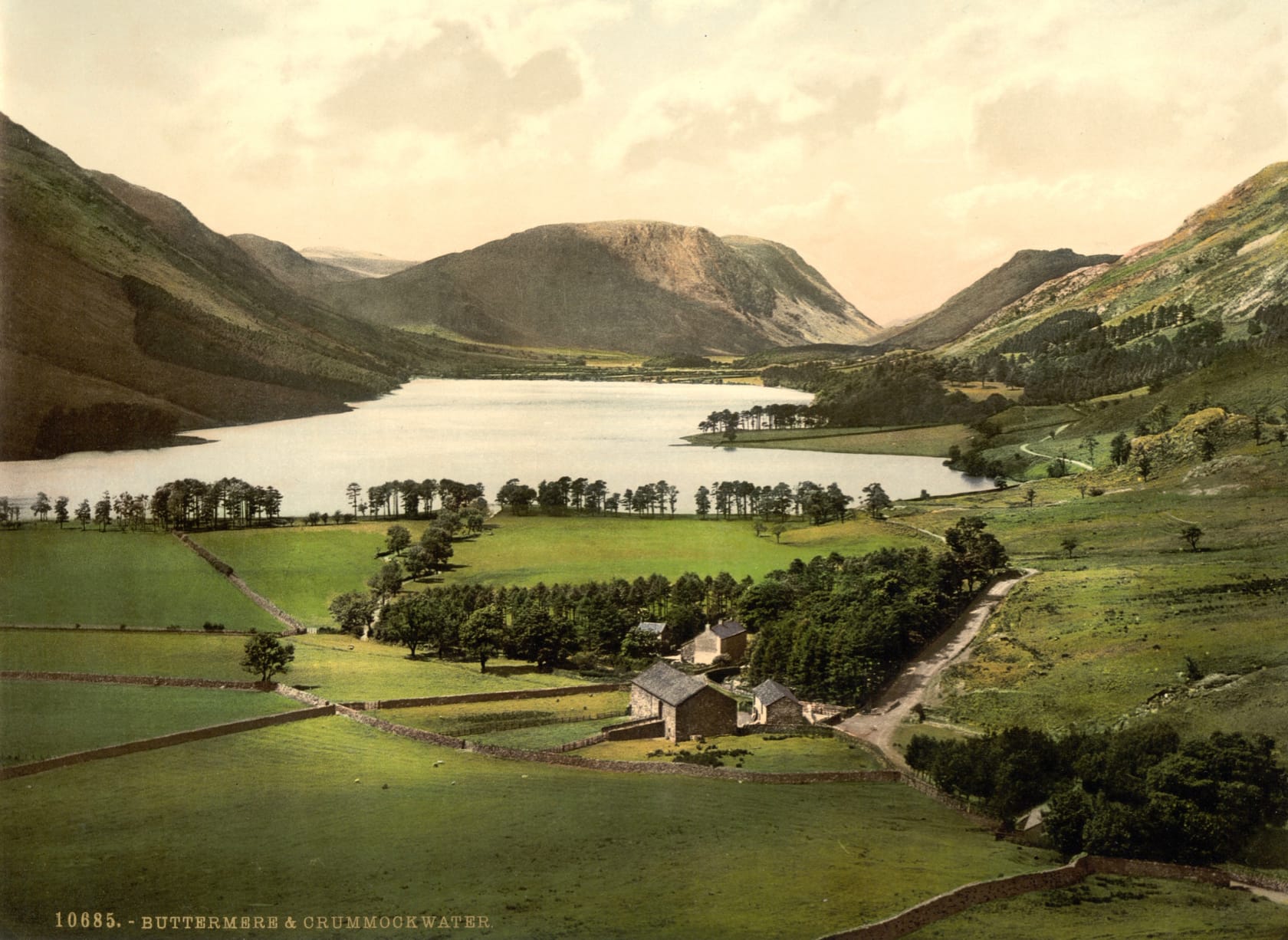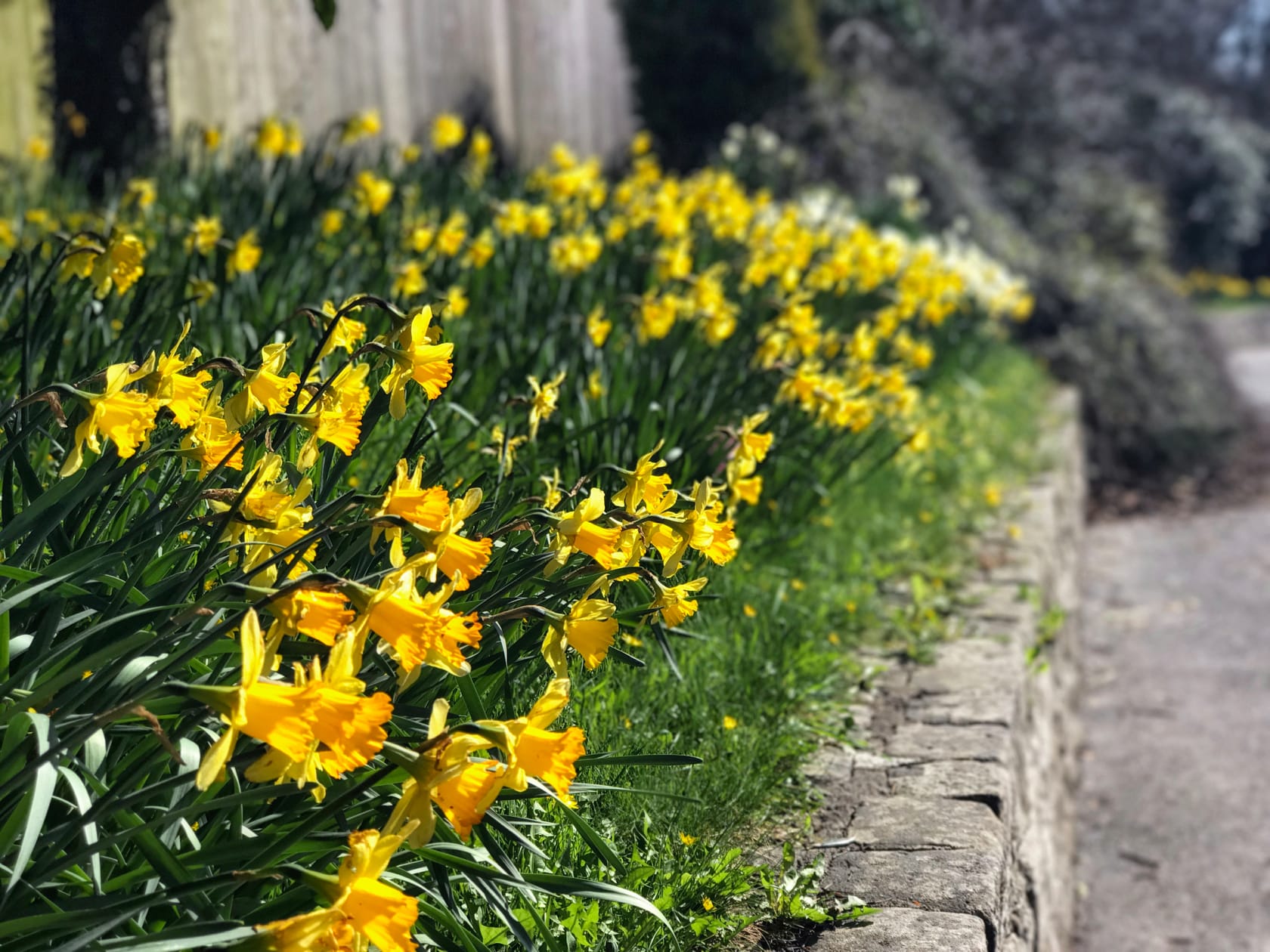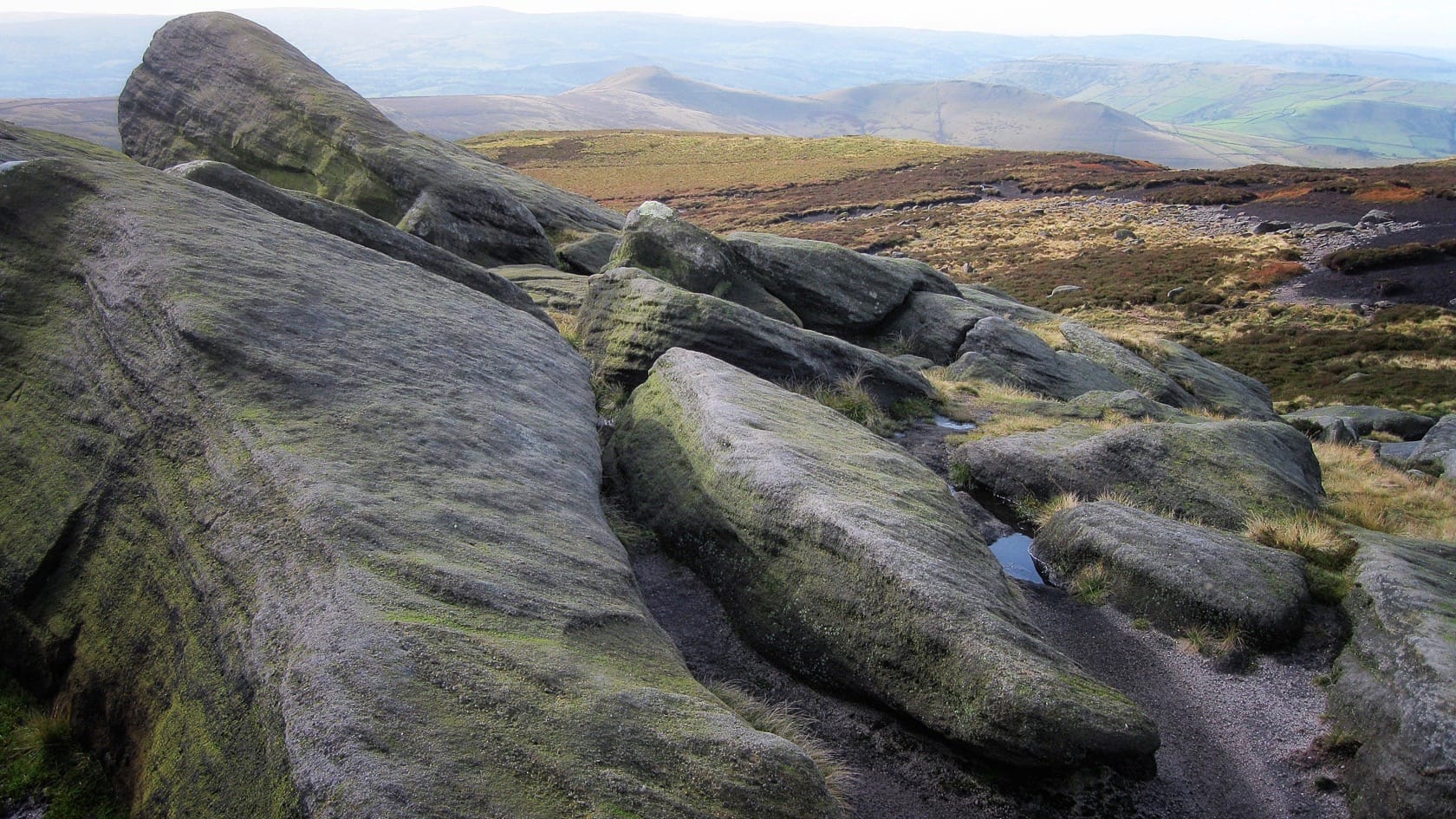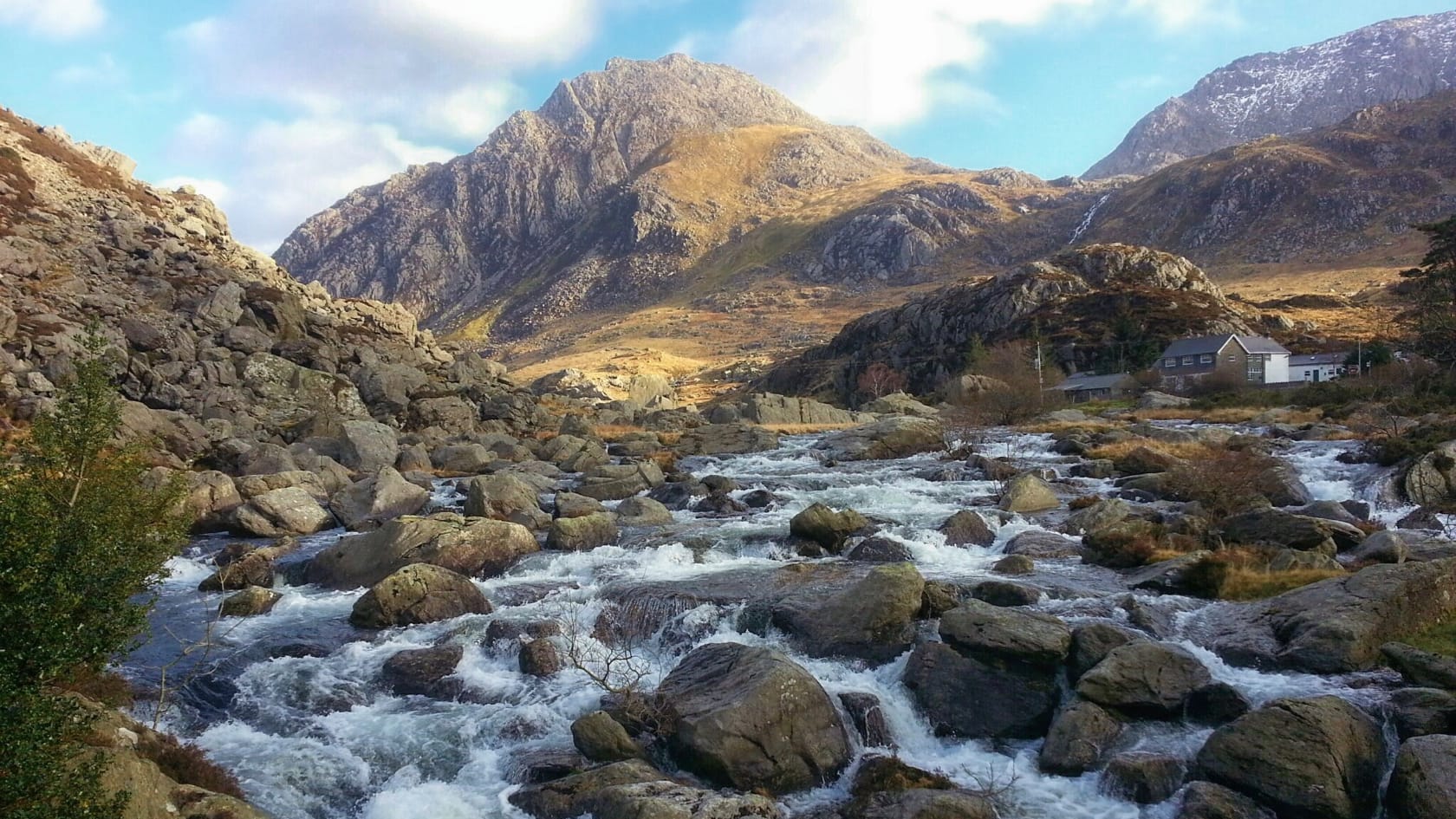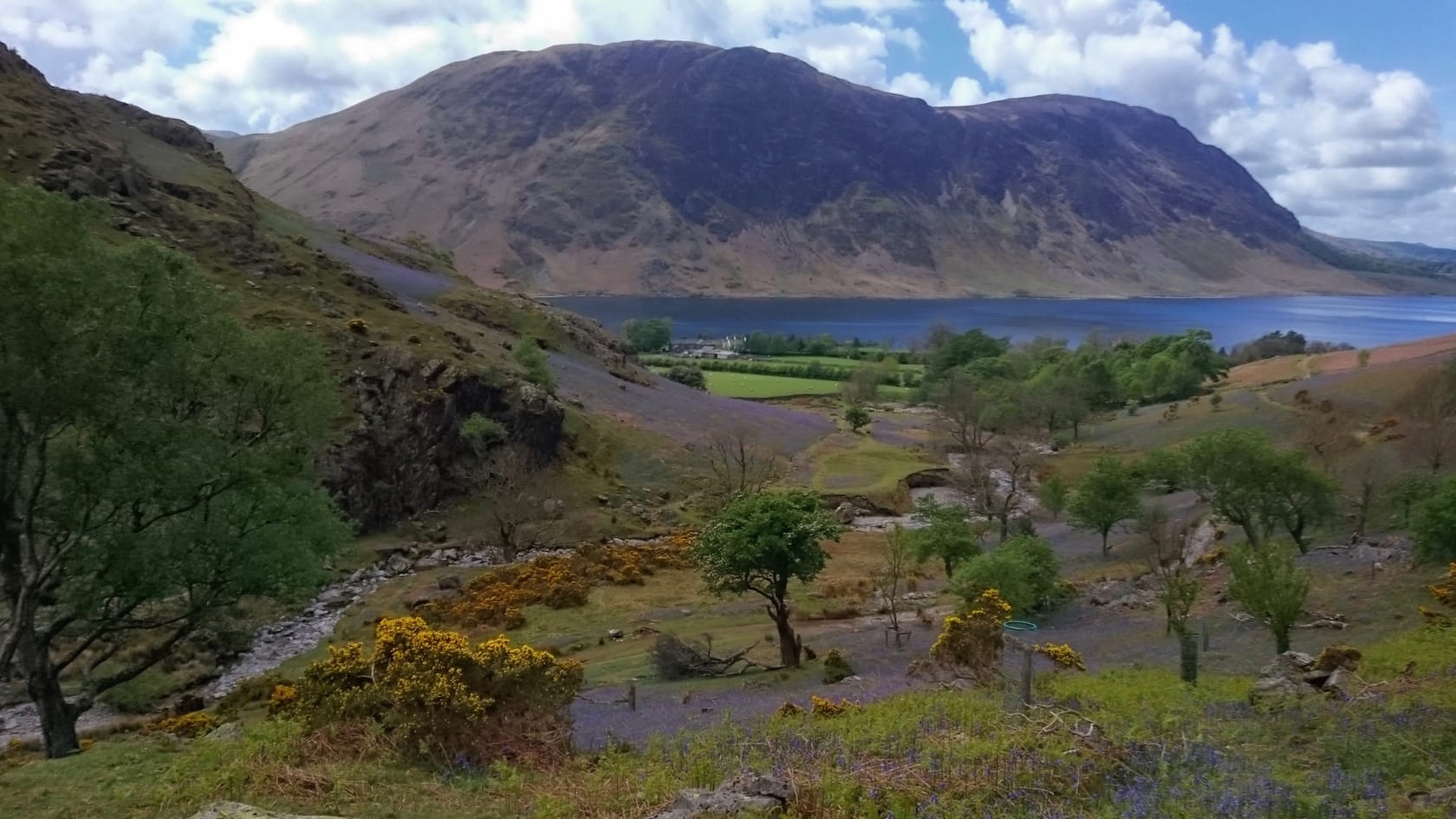70 years since the National Parks and Access to the Countryside Act 1949 was passed, the UK now has fifteen National Parks: ten in England, three in Wales, and two in Scotland.
Other important milestones for passionate ramblers have occurred too. On 30th November 2000, the UK passed the Countryside and Rights of Way Act 2000, also known as the CRoW Act, primarily affecting England and Wales. The Act granted the public of England and Wales the “right to roam” on most areas of “mountain, moor, heath and down”, as well as common land.
Scotland went one step further and passed the Land Reform (Scotland) Act 2003, which made official the traditional Scottish right of unhindered access to all open countryside (as long as you don’t cause damage or interfere with activities like farming and deer stalking).
National Parks in the UK are afforded the highest level of protection against rapid land development and urbanisation, helping them to conserve the natural and scenic beauty of the landscape. For the Lake District in particular this power was further strengthened when, in July 2017, the Lake District became a UNESCO World Heritage Site, recognised for its “cultural landscape”; having been shaped by farming, industry, picturesque landscape design, and the conservation movement.
We know ewe Herdsters are fans of the outdoors, rambling, and Britain’s National Parks; why not share with us your favourite photos of your favourite National Parks? Go to our Facebook, Twitter, Instagram, or email us.

